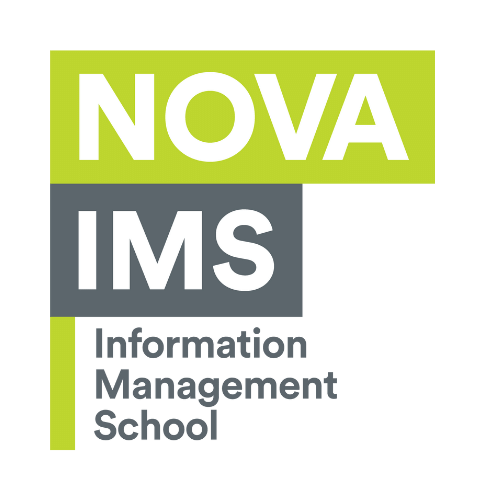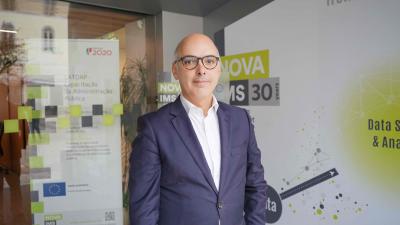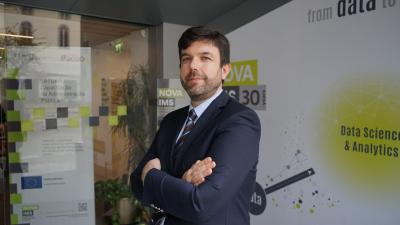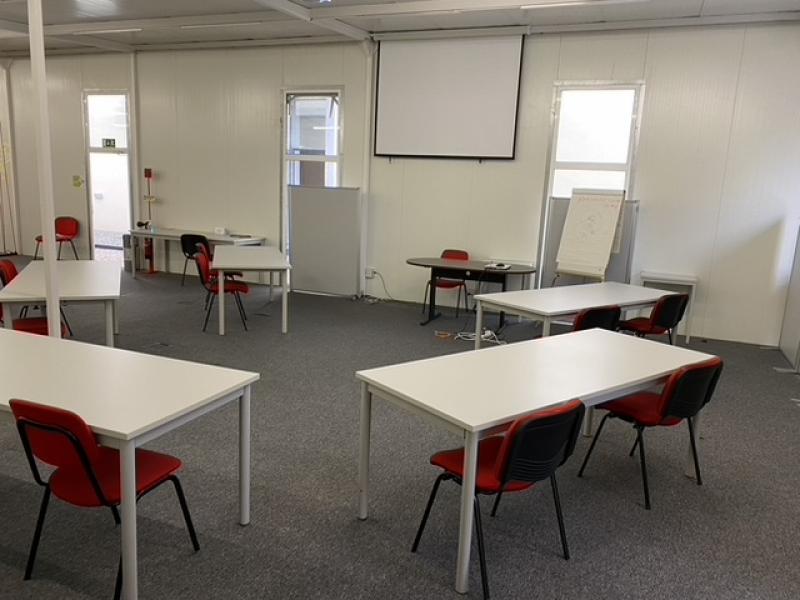The development of innovation spaces that enable collaborative learning and promote wellbeing involves complex constructs. Innovation spaces on campus have traditionally followed a formula-based approach that is often driven by pre-conceived design principles with solutions transferred from other universities, or backward-looking needs of departments that favour single-use spaces. The creation of the Innovation & Analytics Lab demonstrates that innovation is an iterative learning process and not a magic formula. In this project, we have studied the relation between purpose-built learning environments and wellbeing. In what way the design of such spaces fosters new and collaborative ways of learning, thinking and working together? We have conducted qualitative research using a design thinking method to better understand how to conceptualize a spatial approach that has wellbeing at its core. Using a checklist based on a behavioural science framework (SALIENT), throughout our two design-thinking workshops both students and faculty were able to propose and develop design ideas that reflect the challenges of implementing each dimension: Sound, Air, Light, Image, Ergonomics, Nature and Tint. Engaged in the prototype and set-up of solutions participants shared their feedback in subsequent sessions. This co-creation process (with a low budget “fail fast” approach) taught us lessons that led to relevant conclusions, beyond the framework of ‘innovation space design’: from rethinking pedagogical methods to the creation of new research strands, from the development of partnerships to the redesign of procurement processes. As evidenced by our study, the outcomes of the Project were unexpected and extraordinarily positive.
.















